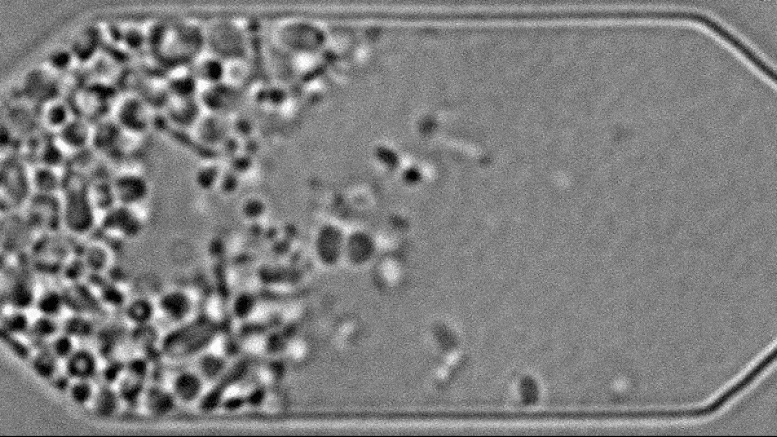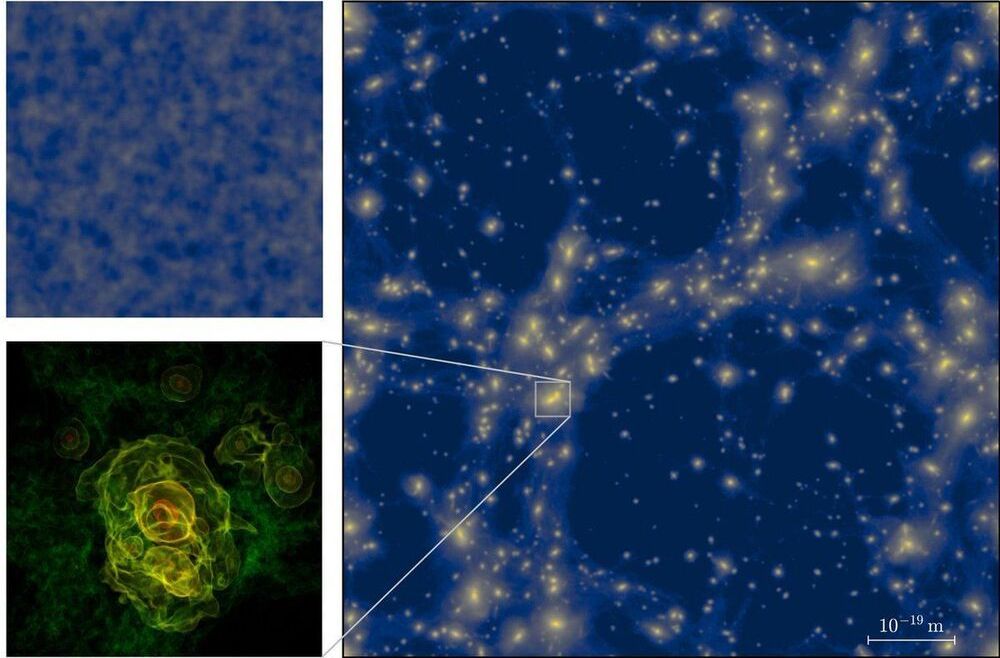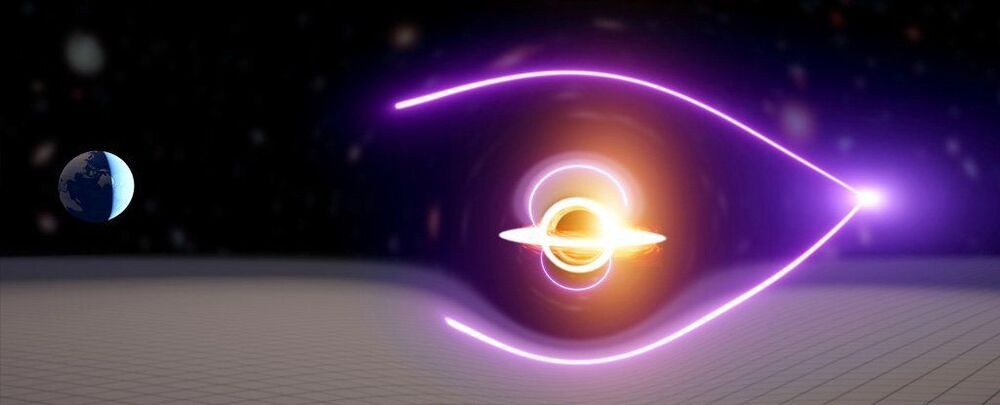An interview with Dr. Yulia Turchaninova on What would be your take on that?
Many parents employ a “job” metaphor for school. But as a parent, do you bring your work home every night? Do it over the weekend? Take it with you on vacation? And if you do, are you still eager to work on it when the whole family sits down to chat, play and watch TV after dinner? And how many direct bosses do you have above you? How about six to eight different ones a day, each with their own quirks? Do they replace each other at the ring of the bell, demanding that you instantly and completely switch to the new assignment, regardless of whether you have completed the previous one, and do it in their idiosyncratic way? And if you do, is this the kind of life that you would wish for your children?
Brodsky: So, what would be a better way of treating our metaphors?
Turchaninova: Since metaphors shape our understanding of complex issues, it may be wise for parents and educators to reflect on the metaphors we use while talking about school. It would be great for us as a society to come up with a new set of metaphors that help us express the essence of the kind of education we want for our children in the upcoming century.









